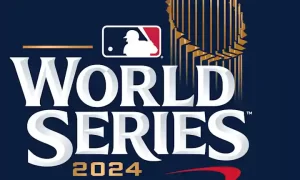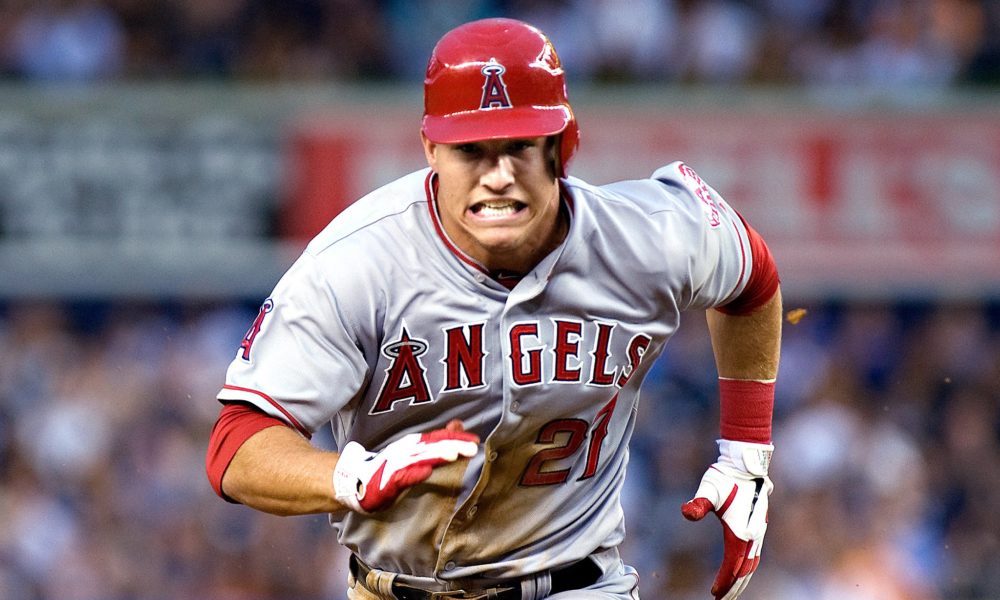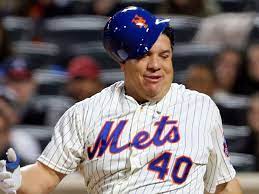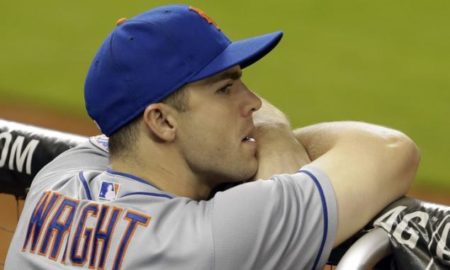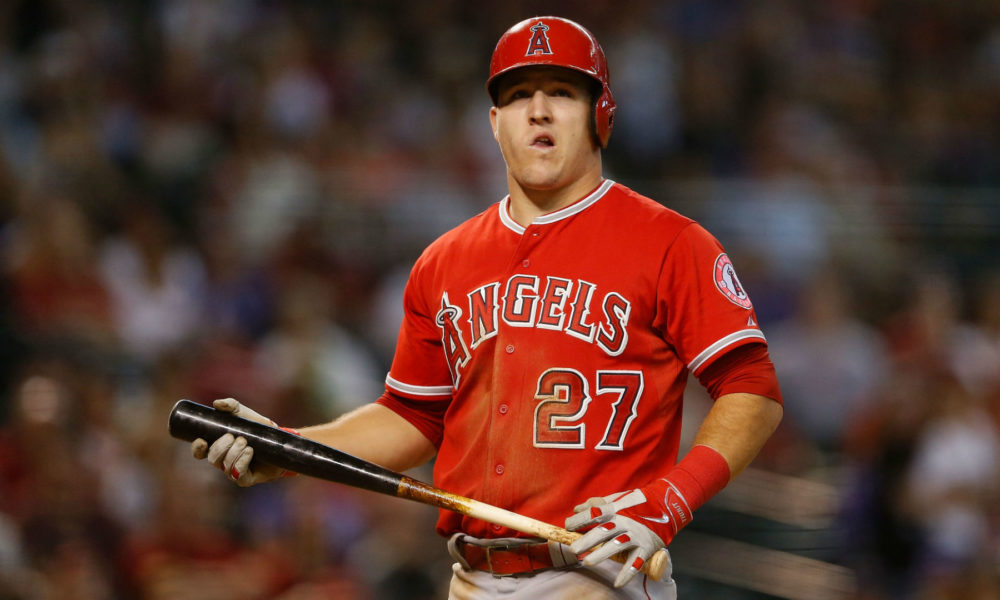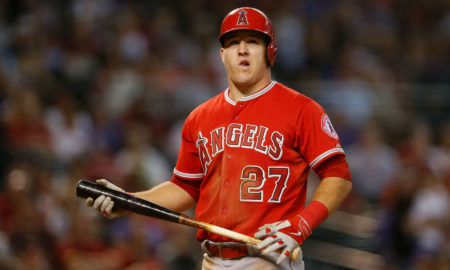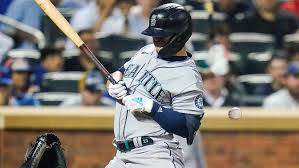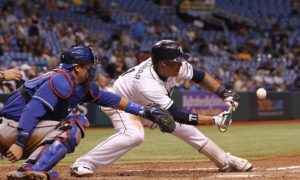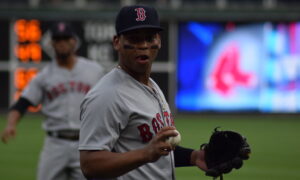The Marlins and Mariners Had Two Very Different Trade Deadlines, and Both Made Sense
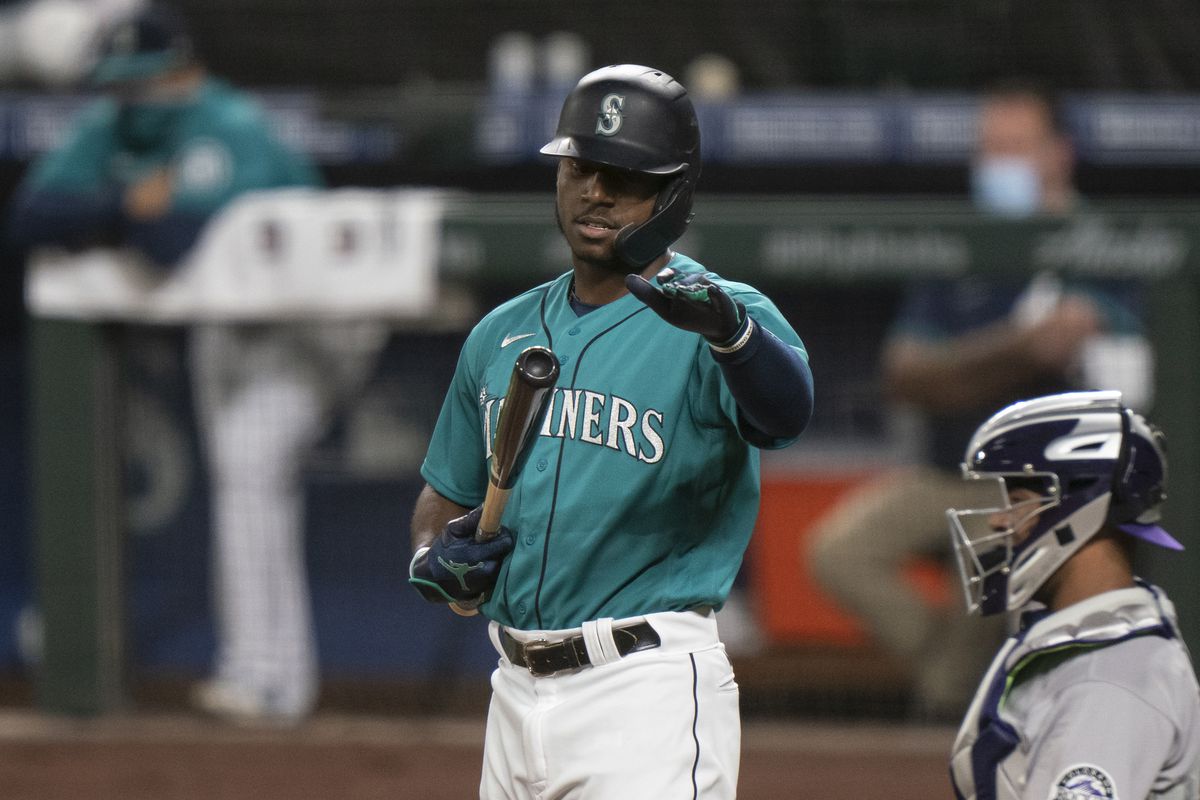
At the trade deadline, the Seattle Mariners were just a game out of the second wild card spot in the American League and had just pulled off a terrific come-from-behind victory over the AL West-leading Houston Astros. Despite their proximity to a playoff spot and this magical victory, the Mariners traded away their top reliever, Kendall Graveman, before replacing him in a subsequent trade that brought in Diego Castillo. They also acquired perfectly cromulent starting pitcher Tyler Anderson from the Pittsburgh Pirates.
The Mariners’ deadline deals paled in comparison to the Yankees bringing in the big bat of Joey Gallo and slick glove of Anthony Rizzo, among other acquisitions, as well as the moves made by the remaining AL wild card hopefuls. Despite their record, the Mariners seemed to be waving the white flag on the pennant race.
Meanwhile, in the opposite corner of the country, the Miami Marlins were well out of the pennant race and took that opportunity to trade away outfielders Starling Marte and Adam Duvall and reliever John Curtiss. In the Marte trade, they added pitcher Jesús Luzardo to a young rotation with tremendous potential that could include Trevor Rogers, Pablo López, Sandy Alcantara and Sixto Sánchez when they’re all healthy. These moves made perfect sense for a team as far out of playoff contention as the Marlins this year.
As for Mariner fans, watching the team trade away Graveman was a source of continued frustration with a franchise that hasn’t made the playoffs since 2001. As the trade deadline recedes behind us, the Mariners are still just 3.5 games out of the second wild card spot (through Thursday, August 5), so it’s not as if their season is over. They’ll continue to push to end their playoff drought even without any big-name acquisitions at the deadline.
Geographically, you can’t find two MLB teams farther apart than the Seattle Mariners in the Pacific Northwest and the Miami Marlins in south Florida. It’s about 2,700 miles in distance from Seattle to Miami or nearly 3,300 miles to road trip from T-Mobile Park to LoanDepot Park. In the baseball world, the Mariners head into the final one-third of the season with a 58-52 record—up there with the Yankees, Reds, and Blue Jays—while the Marlins are 47-62 and keeping company with the Rockies, Royals, and very disappointing Minnesota Twins.
Despite their very different records, there’s an argument to be made that the Marlins are actually the better team. Call it clutch hitting, clutch pitching, randomness, or just plain luck, whatever you prefer, the story of the first two-thirds of the season is that the Mariners have had “it” and the Marlins have not.
The first thing to look at is run-differential, which generally corresponds to a teams’ actual record over the course of a full season. Through the first four-plus months of this season, we see the top teams in baseball with the best run-differentials and the worst teams in baseball with the worst run-differentials:
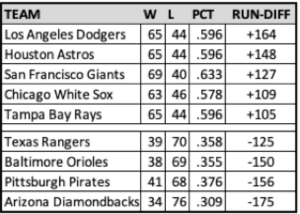
The Mariners and Marlins flip the script in the most extreme ways of all MLB teams. Through Thursday, August 5, the Mariners are 58-52, with a -51 run-differential, while the Marlins are 47-62, with a +2 run-differential. The Mariners have been outscored by 51 runs this year, yet have 11 more wins than the Marlins, who have scored two more runs as they’ve allowed. If you go to the standings page at ESPN and click on Expanded, you find each team’s Expected Win-Loss record based on their runs scored. The Mariners’ expected record is 49-61. The Marlins’ expected record is 55-54. The Mariners nine “extra” wins are the most in baseball, while the Marlins eight “extra” losses are tied with the Blue Jays, who are 57-49 but have an expected record of 65-41.
FanGraphs has a similar set of expected win-loss records using BaseRuns, which is a formula designed to estimate how many runs a team would be expected to score (or allow) given their underlying offensive (or defensive) performance. This goes beyond just run-differential and estimates the underlying events that lead to runs being scored and allowed. According to the FanGraphs BaseRuns standings (through August 5), the Mariners should be 49-61 and the Marlins should be 56-53, which is almost exactly the same as their expected win-loss records at ESPN.
Two related factors have greatly contributed to the Mariners having nine more wins than expected this year. They are 23-11 in games decided by one run and 9-2 in extra innings. Meanwhile, the Marlins are 11-22 in one-run games and 5-6 in extra innings. If both teams were around .500 in one-run games, they’d have nearly identical records.
Imagine if this were the case, that each team’s record matched their BaseRuns record heading into the trade deadline. The Mariners would have been way out of the AL Wild Card race and looking to deal more than just Kendall Graveman as they continue to play for the future. If they could have found a home for Kyle Seager, who is making $18.5 million this year, they surely would have. The Marlins would have been right in the mix with the Mets, Phillies, and Braves in the NL East. Instead of trading away Starling Marte, they might have added to their roster in an attempt to make the playoffs for a second straight year. That would have been a very interesting alternative universe.
By the way, last year’s Marlins were this year’s Mariners. In the shortened 2020 season, the Marlins finished 31-29, with a -41 run-differential. Their expected record was 26-34. This year’s team has a worse winning percentage, but it’s a better team.
Back in 2018, the Mariners were in a similar spot as this season. They were 58-39 at the All-Star Break, sat five games behind the Astros in the AL West, but held the second AL wild card spot by three games over the Oakland A’s. Despite their near .600 winning percentage, they had a -2 run-differential and a 48-49 expected record. They were 26-12 in one-run games. Many long-suffering Mariner fans wanted the team to make a big trade that year, but they only made a couple minor deals that brought in left-handed pitcher Zach Duke and outfielder Cameron Maybin.
Their luck ran out in the second half, as they went 31-34 overall (-34 run-differential) and just 10-9 in one-run games. They finished 89-73 on the season, 14 games out in the AL West and eight games out of a wild card spot. There wasn’t a trade out there that would have gained them eight games in the standings, so they ultimately did the right thing by not making a big move. I expect a similar result this year.
As it is, both the Mariners and Marlins look to have bright futures. According to Bleacher Report, the Mariners have the second-best farm system in baseball, while the Marlins are fourth-best. Perhaps, in a few years, MLB will have the long distance, cross-country world series with both of these teams squaring off against each other for the title.

